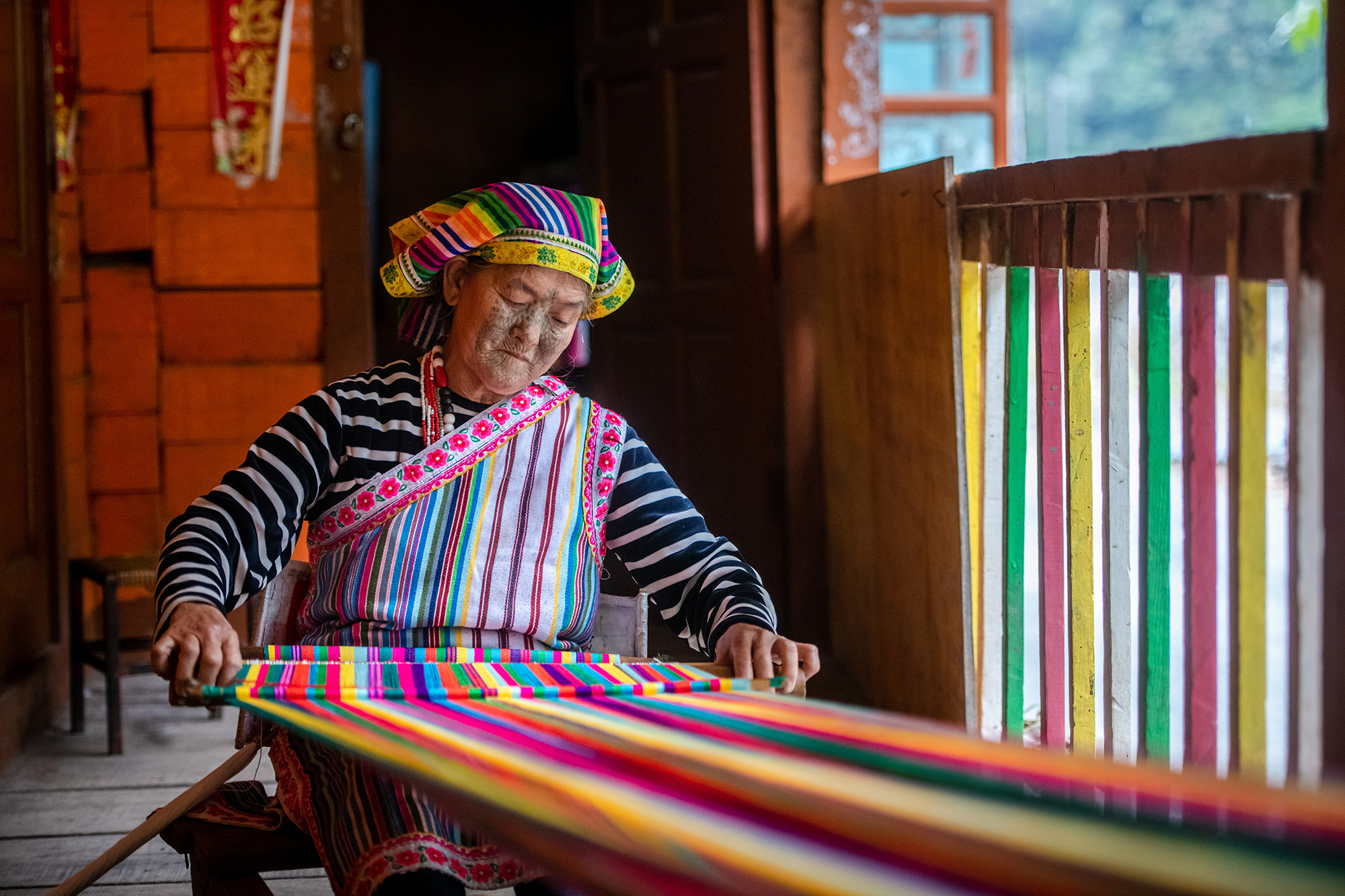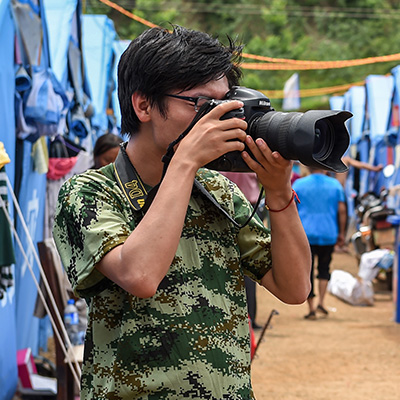

Once impoverished and isolated Dulong people have a new life


Listen to this story read by AI voice.

Dulong is a mountain-dwelling ethnic group in southwest China. It is one of the least populous of China's 56 minority nationalities. It is also called a "direct-transition" minority ethnic group because the Dulong people didn't bid farewell to primitive life until the founding of the People's Republic of China in 1949, and because they directly stepped into the socialist society since then.

Dulong villager Ken Yuzhen looks into the classroom where her son attends an evening lesson in Kongdang Village of Dulongjiang Township.
Most Dulong people live in Dulongjiang Township, where an inhospitable mountainous terrain had been thwarting the town's development for decades. Thus, the township had been one of the poorest areas in Yunnan Province and even in the entire country.
But the local economic and social development has been fast-tracked in recent years when many difficulties that bottlenecked development were eliminated thanks to state and provincial efforts. For example, the town built better infrastructure, developed specialized industries and enrolled high-quality talents. In 2018, the Dulong ethnic group shook off poverty as a whole, a phenomenal breakthrough.

Dulong resident Li Bin (R) and his wife Li Yuanmei check their online shopping packages at the grocery store they run in Dulongjiang Township, Oct. 29, 2020.

Li Bin (R) collects his package at an e-commerce service center in Dulongjiang Township, Oct. 30, 2020.
Nowadays, all of the 1,100-plus households in Dulongjiang have moved into new, better residences. Many residents are now engaged in herbal planting and poultry husbandry with local characteristics.

Wang Shirong, the Party chief of Bapo Village, removes weeds from a herbal plant field in Dulongjiang Township, Oct. 27, 2020.
All of the six administrative villages have access to roads with hard surfaces and signals of radio and TV, and are all covered by the 4G network.

Dulong resident Dang Na watches TV at home in Dulongjiang Township, Nov. 1, 2020.
All villagers benefit from a critical illness insurance program.

Rural doctor Meng Wenxin measures blood pressure for Dulong resident Ma Guiying in Bapo Village of Dulongjiang Township, Oct. 26, 2020.

A township-level hospital in Dulongjiang Township.
Meanwhile, the youngsters are entitled to 14 years of free education which lasts from pre-school classes to high school education. The rate of primary school attendance and that of enrollment into schools for higher levels have both remained 100 percent.

Dulong student La Qingsa attends a computer lesson at Dulongjiang Nine-Year Comprehensive School in Dulongjiang Township, Oct. 28, 2020.
Nowadays, Dulongjiang is no longer the isolated, conservative and backward region it used to be. The Dulong people here are embracing modern life at a faster pace and are keeping pace with the outside world.

Dulong villagers attend an evening lesson in Kongdang Village of Dulongjiang Township, Oct. 28, 2020.

Hu Chao
Hu Chao was born on April 14, 1990 in Nanchang, Jiangxi Province. In 2013, after graduating from Shaanxi University of Technology, he joined Xinhua News Agency Yunnan Branch as photojournalist in 2013. His coverage focuses on social issues and rural development.
Producers: Wang Jianhua, Xue Dongmei
Editors: Lin Fanjing, Li Mangmang, Meng Chenguang, Zhang Yudong
Web Designers: Peng Yuhe, Wang Yiliang
